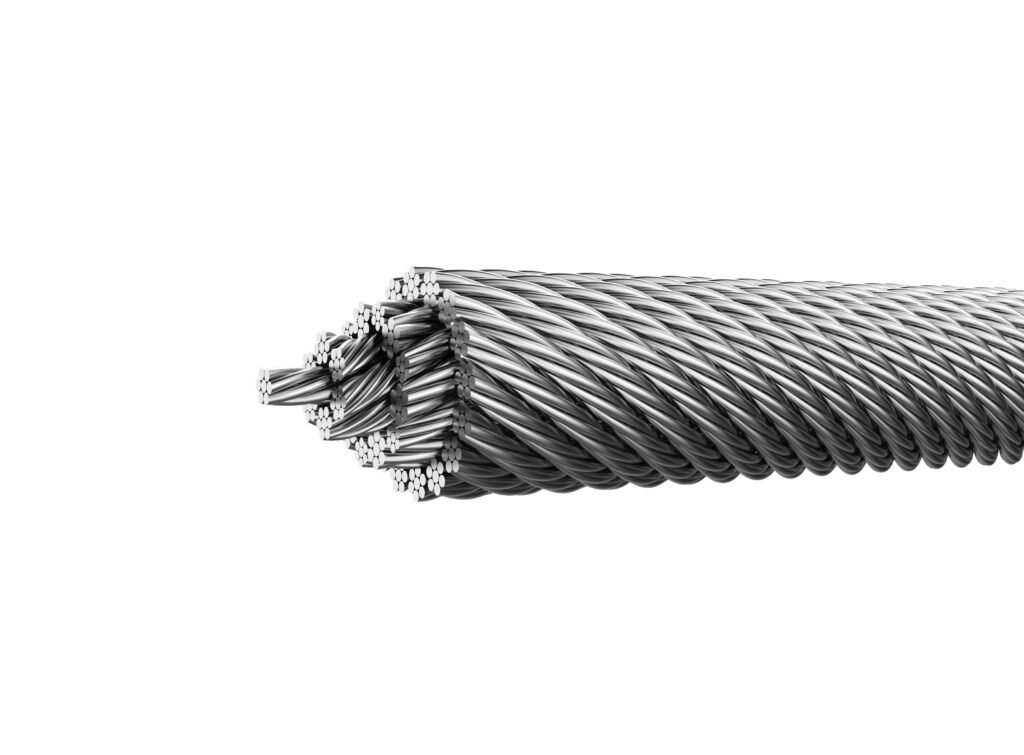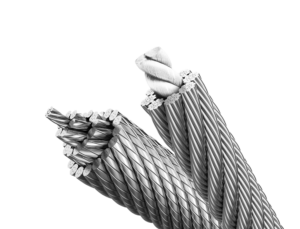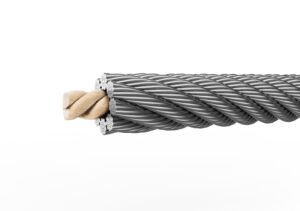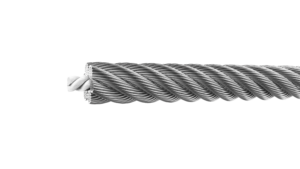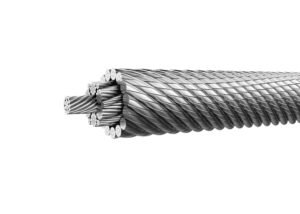Crane wire ropes operate under extreme mechanical stress, often in harsh environments. Understanding the typical failure modes and implementing effective preventive measures is essential for maximizing safety and minimizing costly downtime.
1. Introduction: Why Wire Rope Failure Matters
In lifting operations, wire rope failure is one of the most serious risks. A single rope snap can lead to dropped loads, damaged equipment, and severe injury. That’s why regular inspection and understanding root causes of failure are critical.
2. Common Failure Modes in Crane Wire Ropes
Here are the most frequent ways crane ropes fail:
a. Wire Breakage due to Fatigue
Caused by repeated bending over drums and sheaves
Appears as broken outer wires, especially near rope terminations or points of bending
b. Abrasive Wear
Rope surface gradually wears down due to contact with sheaves, drums, or rough environments
Reduces diameter and weakens rope structure
c. Corrosion
Occurs in marine, chemical, or outdoor conditions without proper protection
Internal corrosion is especially dangerous because it’s hard to detect
d. Core Collapse or Distortion
Happens when the rope is overloaded or improperly spooled
Results in kinks, birdcaging, or rope diameter deformation
e. Crushing
Caused by improper winding, tight drum grooves, or excessive load
Rope flattens or gets deformed, losing strength
3. Key Causes Behind These Failures
Overloading beyond the Safe Working Load (SWL)
Improper reeving or rope routing
Inadequate lubrication, leading to internal wear
Poor-quality sheaves or drums, causing uneven load distribution
Lack of regular inspection and maintenance
4. How to Prevent Wire Rope Failures
✅ Routine Inspection
Perform daily visual checks for broken wires, wear, corrosion
Conduct periodic in-depth inspections using calipers or magnetic NDT devices
✅ Proper Lubrication
Use rope-compatible lubricants that penetrate the core
Lubricate regularly depending on environmental conditions
✅ Correct Rope Handling
Avoid shock loading
Use proper tension during installation
Never drag ropes across rough surfaces
✅ Use of Quality Components
Ensure drums and sheaves are properly grooved and aligned
Replace worn components to avoid introducing stress concentrations
✅ Follow Retirement Criteria
According to standards like ISO 4309 or FEM 1.001, retire ropes with:
A certain number of broken wires per lay length
Significant diameter reduction
Core damage or distortion
5. Conclusion
Crane wire ropes are high-performance components that require strict attention to operation, inspection, and maintenance. By recognizing common failure modes and acting proactively, operators can greatly extend the service life of ropes and ensure a safer work environment.

